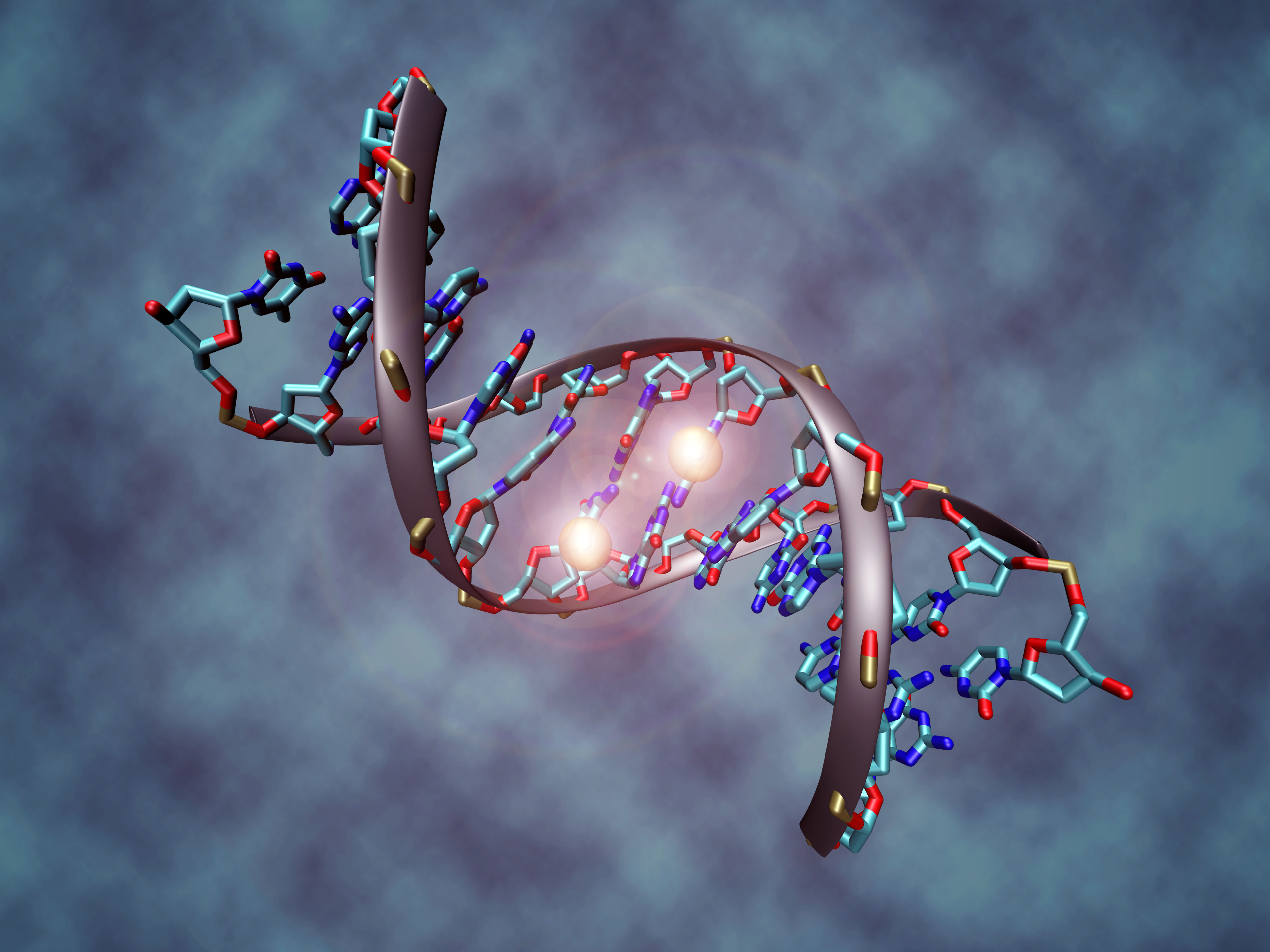|
Virility
Virility (from the Latin ''virilitas'', manhood or virility, derived from Latin ''vir'', man) refers to any of a wide range of masculine characteristics viewed positively. Virile means "marked by strength or force". Virility is commonly associated with vigour, health, sturdiness, and constitution, especially in the fathering of children. In this last sense, virility is to men as fertility is to women. ''Virile'' has become obsolete in referring to a "nubile" young woman, or "a maid that is Marriageable or ripe for a Husband, or Virill". Historically, masculine attributes such as beard growth have been seen as signs of virility and leadership (for example in ancient Egypt and Greece). Male virility Evidence shows that increased male age is associated with a decline in semen volume, sperm motility, and sperm morphology. In studies that controlled for female age, comparisons between men under 30 and men over 50 found relative decreases in pregnancy rates between 23% and 38%. ... [...More Info...] [...Related Items...] OR: [Wikipedia] [Google] [Baidu] |
Beard
A beard is the hair that grows on the jaw, chin, upper lip, lower lip, cheeks, and neck of humans and some non-human animals. In humans, usually pubescent or adult males are able to grow beards. Throughout the course of history, societal attitudes toward male beards have varied widely depending on factors such as prevailing cultural-religious traditions and the current era's fashion trends. Some religions (such as some sects of Islam, and Sikhism) have considered a full beard to be essential and mandate it as part of their observance. Other cultures, even while not officially mandating it, view a beard as central to a man's virility, exemplifying such virtues as wisdom, strength, sexual prowess and high social status. In cultures where facial hair is uncommon (or currently out of fashion), beards may be associated with poor hygiene or an unconventional demeanor. In countries with colder climates, beards help protect the wearer's face from the elements. Beards also provide sun ... [...More Info...] [...Related Items...] OR: [Wikipedia] [Google] [Baidu] |
Vīrya (Hinduism)
''Vīrya'' ( Sanskrit वीर्य) literally means "state of a strong man"See, e.g., Rhys Davids & Stede (1921-25), entry for "Viriya," which defines ''viriya'' as: "lit. 'state of a strong man,' i. e. vigour, energy, effort, exertion." Retrieved 3 Feb. 2011 from "U.Chicago" at http://dsal.uchicago.edu/cgi-bin/philologic/getobject.pl?c.3:1:1885.pali . or "manliness."See, e.g., which Monier Williams (1899), entry for "Vīyà," defines ''vīyà'' in part as: "manliness, valour, strength, power, energy, RV Rig_Veda.html" ;"title="Rig Veda">Rig Veda &c. &c.; heroism, heroic deed, ibid.; manly vigour, virility, semen virile, MBh. [ Mahabharata ]; Kāv.&c; ...." Retrieved 3 Feb. 2011 from "U.Cologne" at http://www.sanskrit-lexicon.uni-koeln.de/cgi-bin/monier/serveimg.pl?file=/scans/MWScan/MWScanjpg/mw1006-virabhaTa.jpg . In Hindu Vedic literature, the term is often associated with heroism and virility. In Brahmacharya in Hinduism, Virya also refers to semen in a male and it is ... [...More Info...] [...Related Items...] OR: [Wikipedia] [Google] [Baidu] |
Virtus (virtue)
''Virtus'' () was a specific virtue in Ancient Rome. It carries connotations of valor, manliness, excellence, courage, character, and worth, perceived as masculine strengths (from Latin ''vir'', "man"). It was thus a frequently stated virtue of Roman emperors, and was personified as a deity—Virtus. Origins The origins of the word ''virtus'' can be traced back to the Latin word ''vir'', "man". The common list of attributes associated with ''virtus'' are typically perceived masculine strengths, which may indicate its derivation from ''vir''. From the early to the later days of the Roman Empire, there appears to have been a development in how the concept was understood. Originally ''virtus'' was used to describe specifically martial courage, but it eventually grew to be used to describe a range of Roman virtues. It was often divided into different qualities including ''prudentia'' (prudence), ''iustitia'' (justice), '' temperantia'' (temperance, self-control), and ''forti ... [...More Info...] [...Related Items...] OR: [Wikipedia] [Google] [Baidu] |
Paternal Age Effect
The paternal age effect is the statistical relationship between the father's age at conception and biological effects on the child. Such effects can relate to birthweight, congenital disorders, life expectancy and psychological outcomes. A 2017 review found that while severe health effects are associated with higher paternal age, the total increase in problems caused by paternal age is low. While paternal age has increased since 1960–1970, this is not seen as a major public health concern. The genetic quality of sperm, as well as its volume and motility, all may decrease with age, leading the population geneticist James F. Crow to claim that the "greatest mutational health hazard to the human genome is fertile older males". The paternal age effect was first proposed implicitly by physician Wilhelm Weinberg in 1912 and explicitly by psychiatrist Lionel Penrose in 1955. DNA-based research started more recently, in 1998, in the context of paternity testing. Health effects Evide ... [...More Info...] [...Related Items...] OR: [Wikipedia] [Google] [Baidu] |
Virilization
Virilization or masculinization is the biological development of adult male characteristics in young males or females. Most of the changes of virilization are produced by androgens. Virilization is most commonly used in three medical and biology of sex contexts: prenatal biological sexual differentiation, the postnatal changes of typical chromosomal male (46, XY) puberty, and excessive androgen effects in typical chromosomal females (46, XX). It is also the intended result of androgen replacement therapy in males with delayed puberty and low testosterone. Prenatal virilization In the prenatal period, virilization refers to closure of the perineum, thinning and wrinkling (rugation) of the scrotum, growth of the penis, and closure of the urethral groove to the tip of the penis. In this context, ''masculinization'' is synonymous with ''virilization.'' Prenatal virilization of genetic females and undervirilization of genetic males are common causes of ambiguous genitalia and inter ... [...More Info...] [...Related Items...] OR: [Wikipedia] [Google] [Baidu] |
Physical Strength
Physical strength is the measure of a human's exertion of force on physical objects. Increasing physical strength is the goal of strength training. Overview An individual's physical strength is determined by two factors: the cross-sectional area of muscle fibers recruited to generate force and the intensity of the recruitment. Individuals with a high proportion of type I slow twitch muscle fibers will be relatively weaker than a similar individual with a high proportion of type II fast twitch fibers, but would have greater endurance. The genetic inheritance of muscle fiber type sets the outermost boundaries of physical strength possible (barring the use of enhancing agents such as testosterone), although the unique position within this envelope is determined by training. Individual muscle fiber ratios can be determined through a muscle biopsy. Other considerations are the ability to recruit muscle fibers for a particular activity, joint angles, and the length of each limb. Fo ... [...More Info...] [...Related Items...] OR: [Wikipedia] [Google] [Baidu] |
Masculinity
Masculinity (also called manhood or manliness) is a set of attributes, behaviors, and roles associated with men and boys. Masculinity can be theoretically understood as socially constructed, and there is also evidence that some behaviors considered masculine are influenced by both cultural factors and biological factors. To what extent masculinity is biologically or socially influenced is subject to debate. It is distinct from the definition of the biological male sex, as anyone can exhibit masculine traits. Standards of masculinity vary across different cultures and historical periods. Overview Masculine qualities and roles are considered typical of, appropriate for, and expected of boys and men. Standards of manliness or masculinity vary across different cultures, subcultures, ethnic groups and historical periods. Traits traditionally viewed as masculine in Western society include strength, courage, independence, leadership, and assertiveness.Thomas, R. Murray (2001),Fe ... [...More Info...] [...Related Items...] OR: [Wikipedia] [Google] [Baidu] |
Machismo
Machismo (; ; ; ) is the sense of being " manly" and self-reliant, a concept associated with "a strong sense of masculine pride: an exaggerated masculinity". Machismo is a term originating in the early 1930s and 1940s best defined as having pride in one’s masculinity. It is associated with "a man's responsibility to provide for, protect, and defend his family". Machismo is strongly and consistently associated with dominance, aggression, exhibition, and nurturance. The correlation to machismo is found to be deeply rooted in family dynamics and culture. The word has a long history both in Spain and Portugal, including the Spanish and Portuguese languages. in Portuguese and Spanish is a strictly masculine term, derived from from the Latin ''mascŭlus'', which means "male". It was originally associated with the ideal societal role men were expected to play in their communities, most particularly Iberian language-speaking societies and countries. In addition, due to Mexico ... [...More Info...] [...Related Items...] OR: [Wikipedia] [Google] [Baidu] |
Fertility
Fertility is the capability to produce offspring through reproduction following the onset of sexual maturity. The fertility rate is the average number of children born by a female during her lifetime and is quantified demographically. Fertility is addressed when there is a difficulty or an inability to reproduce naturally, which is referred to as infertility. Infertility is widespread, with fertility specialists available all over the world to assist mothers and couples who experience difficulties having a baby. Human fertility depends on factors of nutrition, sexual behaviour, consanguinity, culture, instinct, endocrinology, timing, economics, personality, way of life, and emotions. Fertility differs from fecundity, which is defined as the ''potential'' for reproduction (influenced by gamete production, fertilization and carrying a pregnancy to term). Where a woman or the lack of fertility is infertility while a lack of fecundity would be called sterility. Demography I ... [...More Info...] [...Related Items...] OR: [Wikipedia] [Google] [Baidu] |
United Kingdom
The United Kingdom of Great Britain and Northern Ireland, commonly known as the United Kingdom (UK) or Britain, is a country in Europe, off the north-western coast of the continental mainland. It comprises England, Scotland, Wales and Northern Ireland. The United Kingdom includes the island of Great Britain, the north-eastern part of the island of Ireland, and many smaller islands within the British Isles. Northern Ireland shares a land border with the Republic of Ireland; otherwise, the United Kingdom is surrounded by the Atlantic Ocean, the North Sea, the English Channel, the Celtic Sea and the Irish Sea. The total area of the United Kingdom is , with an estimated 2020 population of more than 67 million people. The United Kingdom has evolved from a series of annexations, unions and separations of constituent countries over several hundred years. The Treaty of Union between the Kingdom of England (which included Wales, annexed in 1542) and the Kingdom of Scotland in 170 ... [...More Info...] [...Related Items...] OR: [Wikipedia] [Google] [Baidu] |
Fertility Clinic
Fertility clinics are medical clinics that assist couples, and sometimes individuals, who want to become parents but for medical reasons have been unable to achieve this goal via the natural course. Clinics apply a number of diagnosis tests and sometimes very advanced medical treatments to achieve conceptions and pregnancies. Clinic staff Fertility clinics are staffed with trained personnel including reproductive endocrinologists, embryologists, sonographers, nurses, lab technicians and administrative staff. Additional specialists from acupuncture, hypnotherapy, and nutrition may also be part of the team. You will need one person for each 150 cycles of ICSI (Intra-Cytoplasmic Sperm Injection)/IVF (''In Vitro'' Fertilization). If you are less than that you may have problems, if you have that you do not have problems unless some people are not able to work (pregnancy or diseases) and if you have more than that you are in optimal conditions. Diagnosis Fertility clinics look to bot ... [...More Info...] [...Related Items...] OR: [Wikipedia] [Google] [Baidu] |






